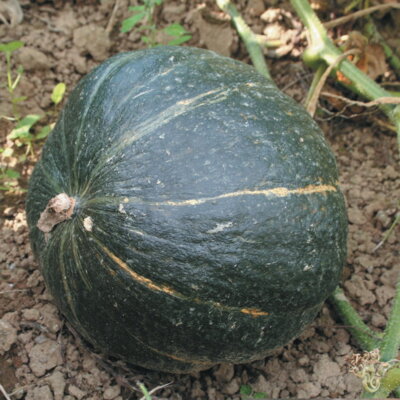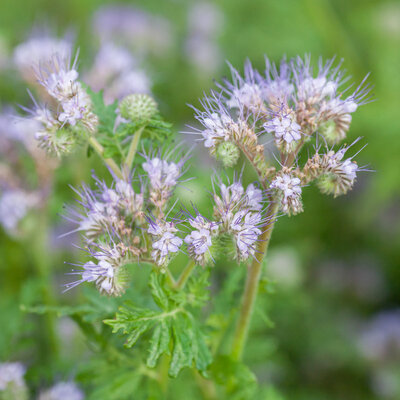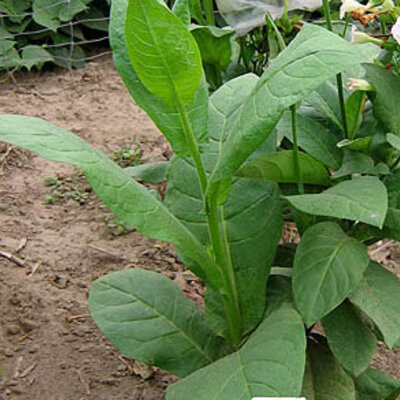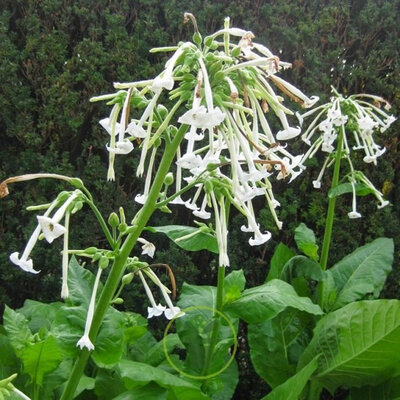
Kabocha - Maxima squash
Kabocha squash is a very old variety that produces smooth, oblong fruits weighing from 2 to 3 kg. Their dark green skin encloses a highly prized bright orange flesh, mealy and sweet, perfect for soups and gratins.
Characteristics of Kabocha squash
Kabocha squash, Cucurbita maxima, is a very old variety of fruiting vegetable. It was introduced to Japan in 1541 by Portuguese sailors who brought it from Cambodia. This pumpkin produces round fruits, up to 15 cm in diameter and weighing 2 to 3 kg each. Their dark green skin, streaked with lighter veins, envelops dense, sweet orange flesh with a taste similar to that of pumpkin. Although this variety can be enjoyed in delicious soup, purée or gratin recipes, it's when simmered and marinated in the Japanese style (kabocha no nimono) that it reveals all its flavors.
When to sow Kabocha squash?
Kabocha squash is sown in pots 2 to 3 weeks before transplanting, from March to May, in bunches of 2 to 3 seeds.
Place seedlings under a light shelter, at a temperature of between 18 and 20°C, and keep the substrate moist until the seeds emerge. Be careful not to sow squash seeds too early in the season, in which case the roots will become fibrous, making growth difficult in the garden. Transplant into the vegetable garden once the last frosts have passed.
From April to June, after the last risk of frost, it is possible to sow directly in the garden in 2 to 3-seed stacks.
Prepare 2 weeks in advance holes filled with compost or organic matter, spaced 2 m apart in all directions, to accommodate the squash plants or seeds. Mulch the soil to maintain sufficient humidity and limit water evaporation.
Next to the squash, we recommend sowing corn and beans, giving rise to the "three sisters" or milpa crop. Basil plants can also be planted to repel pests.
When to harvest Kabocha squash?
Although Kabocha squash fruits can be harvested and eaten immaturely, they reveal their full flavor when fully ripe, around 110 days after sowing. Squash intended for winter storage should be picked as late as possible, before the first frosts, from July to November, when the stalk begins to dry out and the skin becomes thick. Be careful not to pull them off, but cut as close as possible to the stem, 10 cm above the stalk.
Kabocha squash can be stored for several months in a dry, well-ventilated place, at a temperature of between 10 and 12°C. Place the pumpkins, spaced apart and tail up, in high crates. They can also be frozen for up to a year, after slicing and cooking.
How to cook Kabocha squash?
In Japanese cuisine, Kabocha squash is eaten fried(tempura), candied(kabocha no amani) or simmered(kabocha no nimono). Tempura are vegetable, shellfish or fish fritters that are very popular in Japan. Eggplant, sweet potato, shiso, kabocha squash and shrimp are among the favorites, fried and served over Japanese rice or noodle broth(udon) with soy or ponzu sauce. The recipe for kabocha no amani involves cooking pieces of kabocha squash, with the skin on, in boiling sweet water, mirin sauce and soy sauce.
These products may also be of interest to you
in bucket, in the ground
Sow in pots at 18-20°C, 2 to 3 weeks before planting. Transplant with the root ball into the ground, after the last frosts, at a minimum distance of 2 m in all directions. To sow directly in the ground, sow after the last frosts, once the soil has warmed up. In both cases, prepare holes filled with compost or organic matter two weeks in advance to accommodate your seedlings or seeds.
March, April, May
April, May, June
July, August, September, October, November
in the ground
sunny
fort
humus
rich, heavy, furniture
Cucurbita maxima
mid-season
From 2000 to 3000 g
12 seeds
flat
mealy
Dark green
edible
From 150 to 400 cm
From 10 to 15 cm
runner
Japan
This ancient variety was introduced to Japan in 1541 by Portuguese sailors who had brought it from Cambodia.











